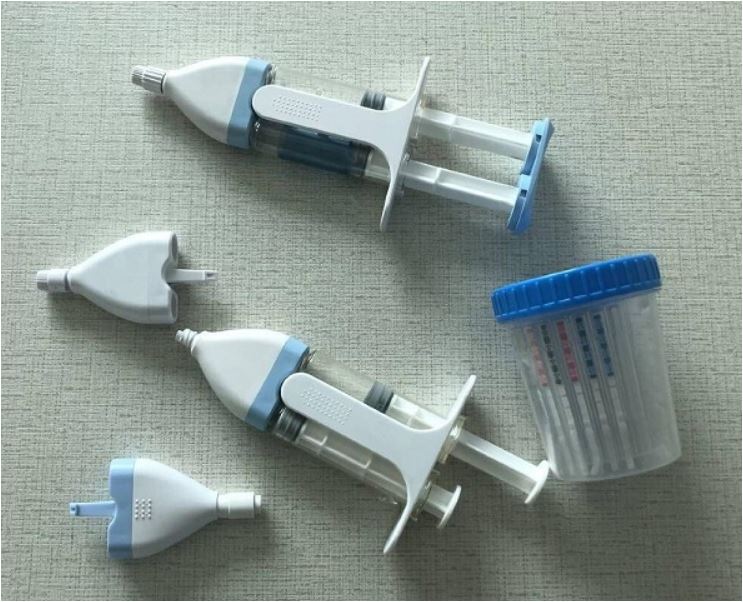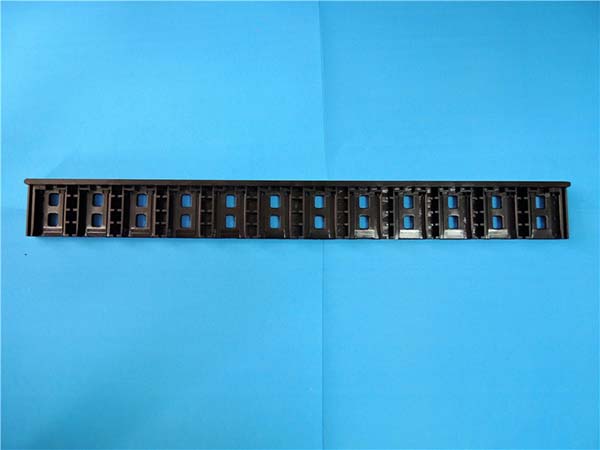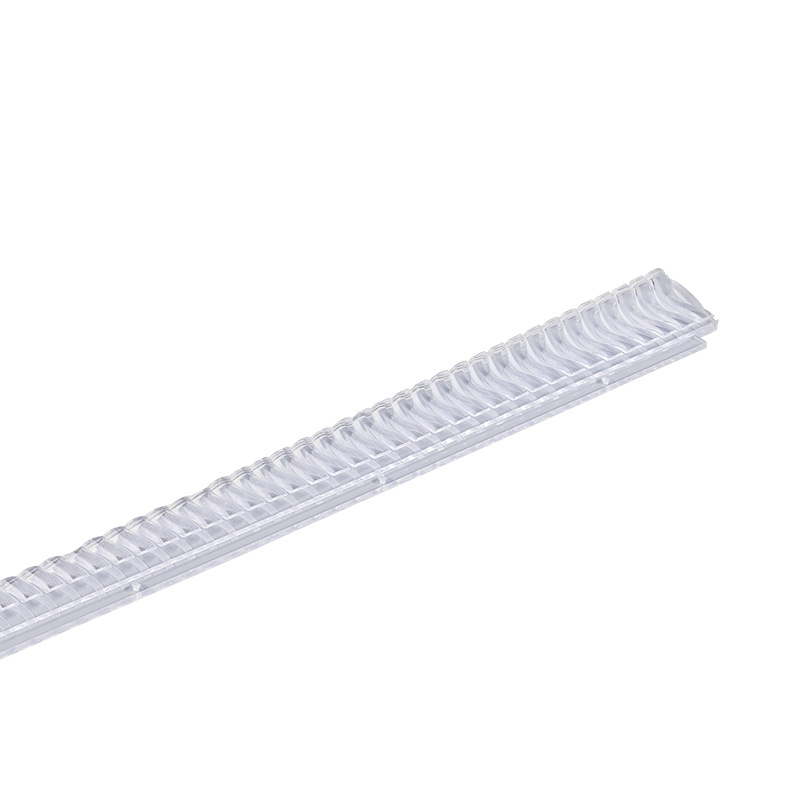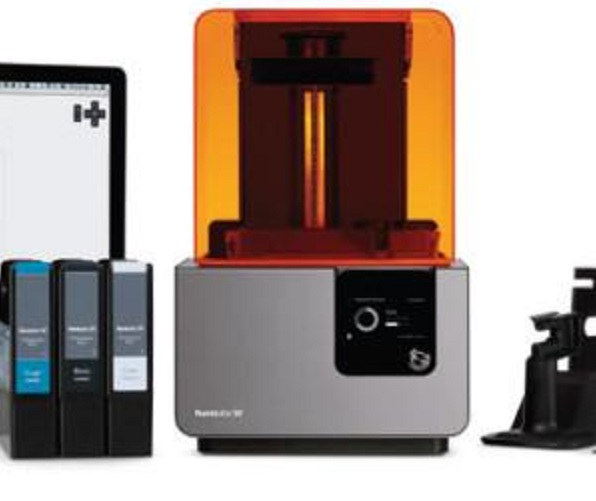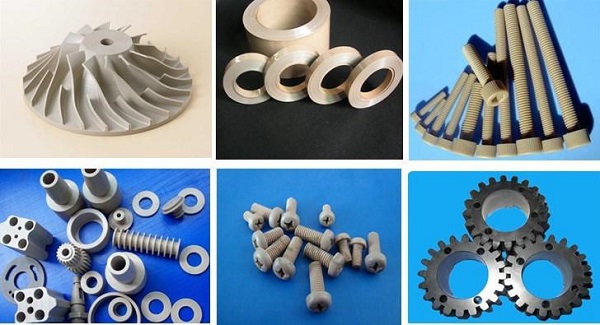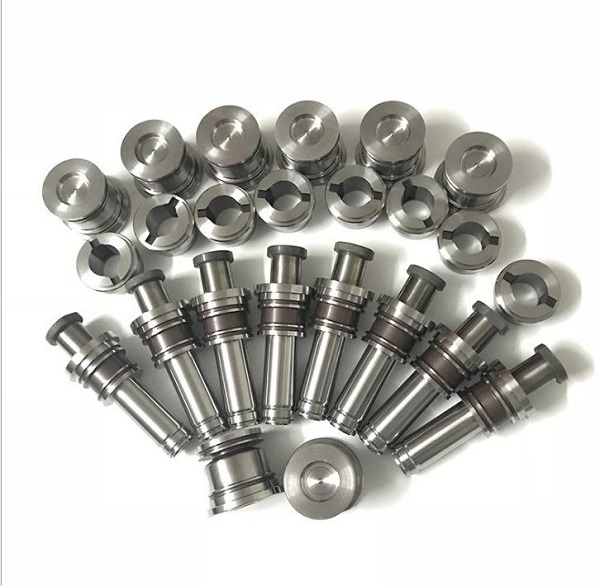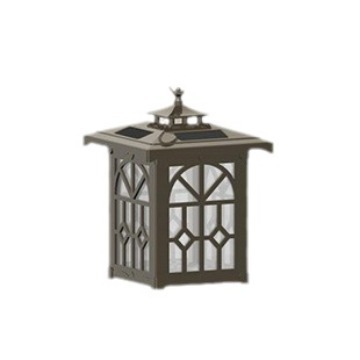Introduction
In the modern manufacturing landscape, 3D printing has emerged as a revolutionary technology, and the Selective Laser Sintering (SLS) 3D printing process stands out as a game - changer. With the increasing demand for customized products, rapid prototyping, and efficient production methods, SLS 3D printing has found its way into a wide range of industries, from automotive and aerospace to healthcare and consumer goods.
This article aims to provide you with a comprehensive understanding of the SLS 3D printing process. Whether you are an engineer looking to implement this technology in your projects, a business owner exploring new manufacturing possibilities, or simply a technology enthusiast, by the end of this article, you will have in - depth knowledge about SLS 3D printing, including its working principle, materials used, advantages, limitations, and applications.
What is SLS 3D Printing Process?
Definition and Principle
Selective Laser Sintering (SLS) 3D printing is an additive manufacturing technology that uses a high - power laser as the energy source. The basic principle is to sinter powdered materials, such as plastics (e.g., nylon), metals (e.g., titanium alloy, stainless steel), ceramics, or a combination of these materials, layer by layer under the irradiation of a laser. When the laser beam scans across the powder bed, the powder particles absorb the laser energy, reach a high temperature, and sinter together, forming a solid cross - sectional layer. The un - sintered powder remains in place, acting as a support structure for the newly formed layer and subsequent layers during the printing process. This process is controlled by a computer - aided design (CAD) model, which slices the 3D model into numerous thin cross - sectional layers, and the printer then builds the object from the bottom up, layer by layer.
Working Process in Detail
- Powder Spreading: First, a thin layer of powder material is evenly spread across the build platform. The thickness of this layer is typically in the range of 0.05 - 0.3 mm, depending on the material and the desired precision of the final product. For example, in high - precision applications with small and detailed parts, a thinner layer like 0.05 mm might be used, while for larger, less intricate parts, a 0.3 mm layer could be acceptable. Specialized spreading mechanisms, such as rollers or blades, are used to ensure a uniform distribution of the powder.
- Laser Scanning: Next, a high - power laser beam scans the surface of the powder layer according to the cross - sectional pattern of the object's slice as defined by the CAD model. The laser energy melts or sinters the powder particles in the scanned areas, causing them to bond together and form a solid layer. The laser scanning speed can vary widely, usually from several hundred to several thousand millimeters per second, depending on factors like the power of the laser, the type of powder material, and the complexity of the cross - sectional shape.
- Section Sintering: As the laser scans, the powder particles in the scanned regions reach their melting or sintering point. In the case of plastic powders, they melt and fuse together, while for metal powders, they sinter through a process of particle - to - particle bonding at high temperatures below the melting point of the bulk metal. This sintering process creates a solid cross - sectional layer that adheres to the previously sintered layer (if it's not the first layer).
- Layer - by - Layer Stacking: After one layer is completely sintered, the build platform is lowered by the thickness of a single layer. Then, a new layer of powder is spread over the previously sintered layer, and the laser scanning and sintering process is repeated. This layer - by - layer stacking continues until the entire 3D object is fully formed according to the CAD model.
Key Aspects of SLS 3D Printing Process
Materials Used
SLS 3D printing is known for its wide range of available materials. Here are some common ones:
- Plastics: Nylon (PA11, PA12) is a popular choice. It offers excellent mechanical properties such as high strength, toughness, and chemical resistance. For example, PA12 has a tensile strength of around 45 - 55 MPa, making it suitable for parts that need to withstand moderate mechanical stress. TPU (Thermoplastic Polyurethane) is another plastic material used in SLS. It has high elasticity and abrasion resistance, with a Shore hardness typically ranging from 80A - 98A, which is ideal for applications like shoe soles and flexible parts.
- Metals: Titanium alloy, stainless steel, and aluminum alloy powders are used in SLS for high - performance applications. Titanium alloy, for instance, has a high strength - to - weight ratio, with a tensile strength of up to 1000 MPa in some cases. Stainless steel powders can create parts with good corrosion resistance and high mechanical strength, while aluminum alloy parts are lightweight and have relatively high thermal conductivity.
- Ceramics: Ceramic powders like alumina (Al₂O₃) and zirconia (ZrO₂) can be used in SLS. Alumina ceramics have high hardness (up to 1800 HV), excellent wear resistance, and high - temperature stability, making them suitable for applications in the aerospace and electronics industries, such as manufacturing heat - resistant components and electronic substrates.
- Composites: Composite powders, which are a combination of different materials, are also used. For example, carbon - fiber - reinforced plastics can be created by mixing carbon - fiber powder with plastic powder. These composites offer enhanced strength and stiffness compared to pure plastics, with a significant increase in tensile modulus.
Equipment Requirements
The SLS 3D printing equipment consists of several key components:
- Laser System: A high - power laser is the core of the SLS printer. For plastics, a CO₂ laser with a power of 10 - 100 W is commonly used. When it comes to metal SLS printing, fiber lasers with higher power, often in the range of 100 - 1000 W, are required to provide enough energy to sinter the metal powders effectively.
- Powder Delivery and Spreading Device: This mechanism evenly spreads the powder layer by layer. It includes components like rollers or blades. The powder spreading speed can range from several centimeters per second to tens of centimeters per second, depending on the printer model and the material being processed.
- Heating and Temperature Control System: Maintaining a proper temperature is crucial. For plastic SLS, the powder bed is usually pre - heated to a temperature close to the melting point of the plastic, typically around 150 - 200°C for nylon - based materials. In metal SLS, the temperature control is more complex, as the powder needs to be heated to a temperature below its melting point for sintering.
- Forming Chamber: The forming chamber provides a controlled environment for the printing process. It needs to be sealed to prevent the entry of contaminants and, in some cases, to maintain a specific atmosphere, such as a nitrogen - filled atmosphere to prevent oxidation during metal sintering.
- Control System: A computer - based control system is responsible for coordinating all the operations. It reads the CAD model, controls the movement of the laser, powder spreading, and temperature adjustments, ensuring that the printing process proceeds accurately according to the designed model.
Applications of SLS 3D Printing Process
In the Aerospace Industry
In the aerospace industry, SLS 3D printing has become an indispensable technology. It is widely used to manufacture lightweight and complex - structure components. For example, the production of aircraft engine components. Traditional manufacturing methods often face challenges in creating parts with intricate internal cooling channels. With SLS 3D printing, these complex channels can be fabricated with ease. By using titanium alloy powders in SLS, parts can be produced with a high strength - to - weight ratio, which significantly improves the performance of the aircraft engines. According to industry reports, the use of SLS - printed components in some aerospace projects has reduced the weight of parts by up to 30%, while increasing the overall efficiency of the engines by about 15%. This not only leads to fuel savings but also enhances the flight range and maneuverability of the aircraft.
In the Automotive Field
In the automotive field, SLS 3D printing plays a crucial role in several aspects. One of the main applications is rapid prototyping. Car manufacturers can quickly create prototype parts using SLS technology, such as new engine components or unique body parts. This allows them to test the design functionality and performance in a short time, reducing the development cycle from months to weeks. For example, a new design of a car interior component can be printed and tested within a week. Additionally, SLS 3D printing is used for custom - made parts. High - end car manufacturers can offer personalized parts to their customers, like custom - designed gear knobs or dashboard inserts made from nylon - based materials. In terms of small - batch production, SLS 3D printing can produce parts at a relatively low cost compared to traditional injection molding methods when the production volume is between 100 - 1000 units.
In the Medical Sector
In the medical sector, SLS 3D printing is revolutionizing the way personalized medical devices are made. For instance, it is used to create customized prosthetics. Each patient has a unique limb shape and size, and SLS 3D printing can fabricate prosthetics that fit perfectly. By scanning the patient's residual limb, a 3D model is created, and then SLS prints the prosthetic using biocompatible materials such as certain types of plastics. In the case of implants, SLS - printed titanium alloy implants can have a porous structure, which promotes bone ingrowth and improves the long - term stability of the implant. These implants can be customized according to the patient's specific anatomy. Moreover, SLS 3D printing is also used to produce surgical models. Surgeons can use these models to practice complex surgical procedures before the actual operation, reducing the risk of surgical errors. For example, in a complex craniofacial surgery, a 3D - printed model of the patient's skull can help the surgeon plan the operation more accurately.
Yigu Technology's Viewpoint
As a non - standard plastic metal products custom Supplier, Yigu Technology highly values the SLS 3D printing process. This technology allows us to meet the complex design requirements of our customers with ease. Whether it's intricate geometric shapes or parts with internal cavities, SLS 3D printing enables us to transform these designs into physical products accurately.
In small - batch production, the flexibility of SLS 3D printing shines. We can quickly adjust the production according to different customer needs without the high - cost tooling required in traditional manufacturing methods. This not only shortens the production cycle but also reduces production costs.
Over the years, we have applied SLS 3D printing in many projects and achieved remarkable results. The quality of our printed parts has been highly recognized by customers, which has strengthened our belief in continuously exploring and expanding the application of this technology in the custom - made product field.
FAQ
What materials are commonly used in SLS 3D printing?
Common materials for SLS 3D printing include plastics like nylon (PA11, PA12) with high strength and toughness, and TPU with high elasticity. Metals such as titanium alloy, stainless steel, and aluminum alloy are used for high - performance applications. Ceramics like alumina and zirconia, which have high hardness and heat - resistance, are also used. Additionally, composite powders, such as carbon - fiber - reinforced plastics, offer enhanced mechanical properties. Nylon is often used for general - purpose parts in automotive and consumer goods, while titanium alloy is crucial for aerospace components.
How accurate is the SLS 3D printing process?
The accuracy of the SLS 3D printing process typically has a dimensional tolerance in the range of ±0.1 - ±0.3 mm for most applications. However, this can be affected by several factors. The layer thickness plays a significant role; thinner layers generally result in higher precision but longer printing times. Material characteristics also matter, as different powders may have varying sintering behaviors. Complex geometries can be more challenging to print accurately, and the stability of the printing equipment and the environmental conditions during printing, such as temperature and humidity, can also impact the final accuracy.
Is post - processing always required for SLS 3D printed parts?
Post - processing is not always strictly required, but it is often highly beneficial. Many SLS 3D printed parts have a rough surface due to the powder - sintering process. Post - processing can improve the surface finish, mechanical properties, and aesthetics of the parts. Common post - processing methods include sandblasting to smooth the surface, infiltrating with resins or other materials to enhance strength and seal pores, and heat - treating to relieve internal stresses and improve material properties. For parts with high - precision requirements or those used in applications where surface quality is crucial, post - processing is almost always necessary.
